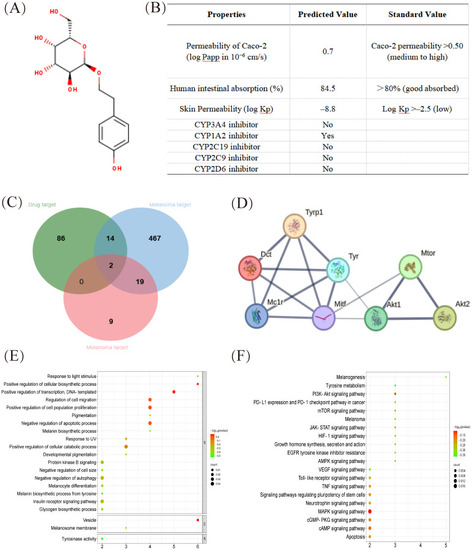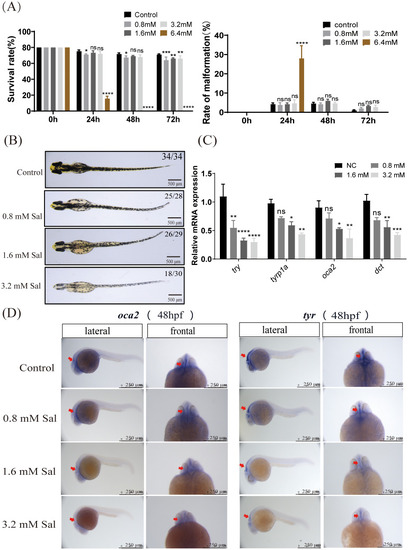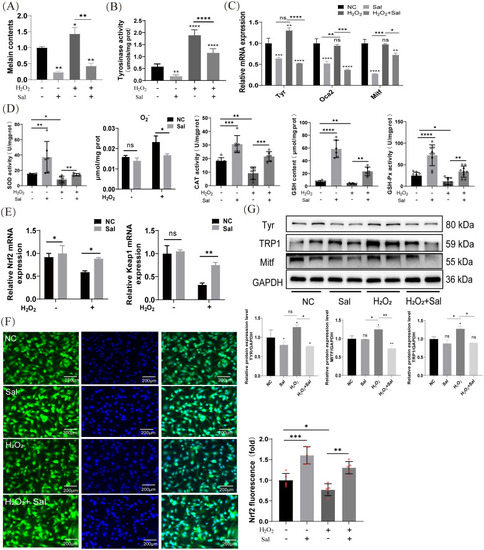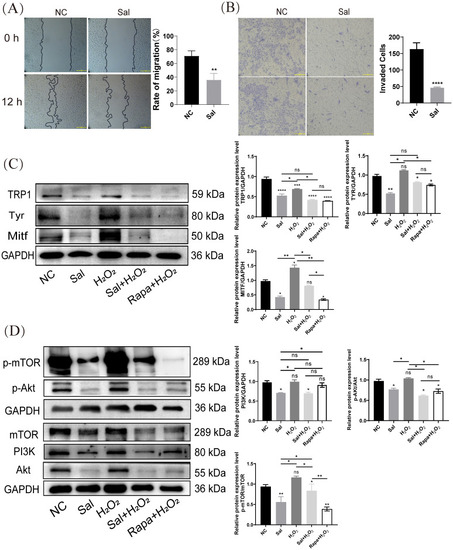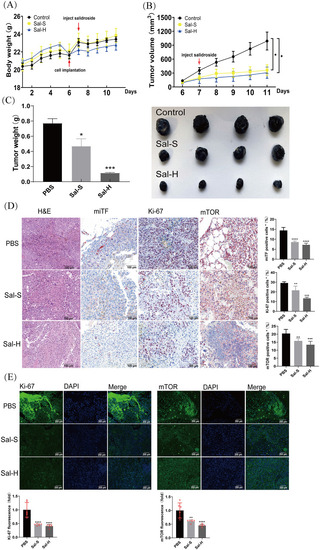- Title
-
Salidroside inhibits melanin synthesis and melanoma growth via mTOR and PI3K/Akt pathways
- Authors
- Ouyang, Q., Tian, S., Zhou, H., Mao, Y., Li, X., Yan, F., Liu, A., Hu, X., You, C., He, J.
- Source
- Full text @ Front Oncol
|
In silico SwissADME profile and protein target of salidroside. |
|
Salidroside affected melanin in early zebrafish embryos. |
|
Salidroside inhibits H2O2-induced melanogenesis by promoting antioxidant effect in B16F10 cells. |
|
Salidroside inhibits H2O2-inductd melanogenesis by inactivating PI3K/AKT/mTOR. |
|
Salidroside suppresses tumor growth in syngeneic tumor model. |

